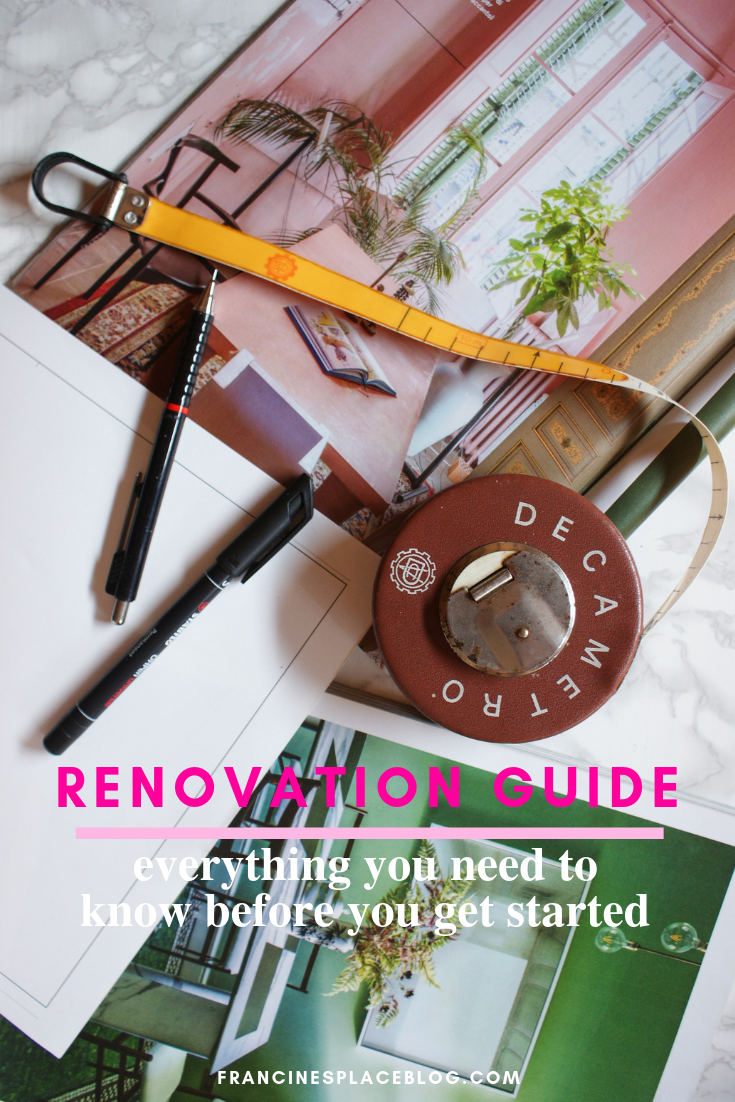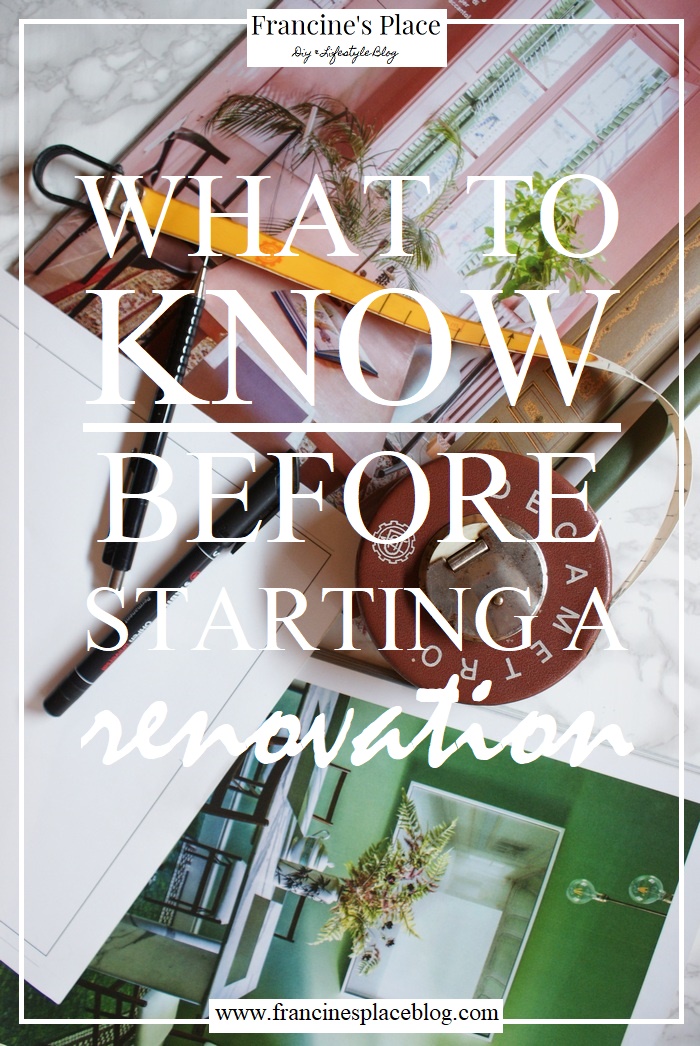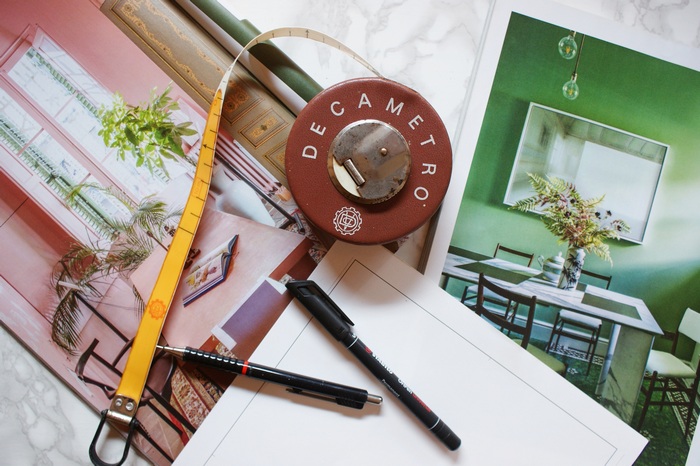
…cause you’re gonna step into one of the most challenging experiences of your life. Better to know it.
If you’ve been following me for a while you already know that we are renovating our new house. We bought it 2 years ago and we went through a lot, so I’ve decided to share with you my personal tips, in case you’re going to renovate too and need advices or simply to feel we’re in this together!
//
…poiché state per affrontare una delle esperienze più provanti della vostra vita. Meglio saperlo.
Se mi seguite da un po’ saprete che stiamo ristrutturando la nostra nuova casa. L’abbiamo acquistata 2 anni fa e ne abbiamo passate davvero tante, così ho deciso di condividere con voi la mia esperienza, nel caso in cui dobbiate ristrutturare anche voi o abbiate bisogno di consigli o semplicemente di sentirvi sulla stessa barca!
Renovation: where should I start from? If you’re asking yourself this, you came in the right place! Renovating is not easy at all, obviously there are so many worse things and there is also who can enjoy it peacefully (lucky him/her!), but if you’re new to that it can be a real jungle. I hope you can find these tips useful, I’ve put my heart in this post!
//
Ristrutturare: da dove partire? Se ve lo state chiedendo, siete nel posto giusto! Una ristrutturazione non è per nulla facile, poi ovviamente ci sono cose ben peggiori e c’è anche chi riesce a viversela senza inghippi (beato lui/lei!), ma se siete nuove all’argomento può essere una vera giungla. Spero troverete utili questi consigli, perché ho messo il cuore in questo post!
***
BUDGET: IT’S ALL ABOUT THE MONEY!
Sad but true: when you decide to renovate, the first thing you have to set is the budget. This means being realistic: if you can’t afford something, you simply won’t have it and you’ll have to opt for a cheaper version or totally change your mind. If you can take it in, you’re half way! Ahem yes, only half because you’ll have to add to your budget: about 5-10% of the total amount for the unexpected/extra works (cause there will be), architect’s fee (for plants and works supervision), eventual bureaucracy (see point 2), other professional fees independent from construction company (ex. thermotecnical examination). I said it was all about the money honey! // Triste ma vero: quando decidete di ristrutturare, la prima cosa che dovete fissare è il budget. Questo significa essere realisti: se non potete permettervi qualcosa, semplicemente non la avrete e dovrete optare per la versione meno costosa, o cambiare completamente idea al riguardo. Se riuscite a digerire questo siete a metà strada! Eh già, metà perché al budget dovrete aggiungere: circa 5-10% dell’importo totale per lavori imprevisti/extra (perché ci saranno), la parcella dell’architetto (per piante e direzione lavori), eventuali pratiche (vedi punto 2) ed altre spese di professionisti al di fuori dell’impresa (ad esempio, il termotecnico). L’avevo detto che era tutta una questione di soldi!
DEFINE YOUR SPACES // DEFINITE I VOSTRI SPAZI
When you have a budget you can start to define the spaces following your priorities. Your home will have to reflect your lifestyle, so make sure to create a place you can feel comfortable to live in. The architect will make the projects and you’ll have to already think about where furniture will be placed, something essential if you’re going to make the systems (wiring, plumbing, heathing). If you’re going to add/remove walls or create new windows or doing structural changes it may be mandatory to declare it to your municipality/authorities (in Italy it is). This could have a fee and bureaucratic time, so be prepared and start as earlier as you can. // Quando avete un budget potete iniziare a definire gli spazi seguendo le vostre priorità. La vostra casa dovrà rispecchiare il vostro stile di vita, dovrete quindi creare uno spazio nel quale sentirvi a vostro agio. L’architetto preparerà le piante e voi dovrete già pensare a dove posizionare gli arredi, cosa tra l’altro essenziale se state per rifare anche gli impianti. Se invece dovete togliere/aggiungere pareti, aprire finestre o fare cambiamenti strutturali (tutti lavori definiti come manutenzione straordinaria), dovrete comunicarlo al Comune, il che avrà un costo e dei tempi burocratici per avere i permessi del caso. Preparatevi a plurime visite in Comune e catasto ed iniziate il prima possibile.
TIME TO CHOOSE EVERYTHING! // TEMPO DI SCEGLIERE TUTTO!
Now the fun part: choosing the materials and details of your house! It is so exciting (proof that I’m getting older haha) that it’s easy to overdo, so remember to stick to your budget. IMHO, it’s better to invest more on what will have to last longer (like systems, floor, windows etc.) and make a compromise on the finish, finding something aesthetically similar but at better price. Take some inspo on Pinterest and magazines, define the color palette and the style you want for your house (or better, a mix of styles!), then visit different shops, go see everything, touch everything, take photos (my phone is full of those right now ha!) and look for an alternative (for the worst case). You’ll discover how much every single detail counts and yes, there are so many mixer taps to spend hours on! // Ora arriva la parte divertente: scegliere le forniture ed i dettagli della vostra casa! La cosa è talmente esaltante (prova del fatto che sto invecchiando ahah) che è facile strafare, quindi ricordate di attenervi al vostro budget. Per me è meglio investire di più su ciò che dovrà durare più a lungo (impianti, pavimento, finestre ecc) e fare un compromesso sulle finiture, cercando qualcosa di esteticamente simile ma a un prezzo migliore. Prendete ispirazione da Pinterest o riviste, definite la palette colori e lo stile che volete per la vostra casa (o meglio, un mix di stili!), poi visitate diversi showroom, guardate tutto, toccate tutto, fate foto (io ne ho il telefono pieno ah!) e cercate un’alternativa (per il peggiore dei casi). Scoprirete che ogni dettaglio conta e sì, ci sono talmente tanti miscelatori che solo su quelli spenderete le ore!
CHOOSING THE COMPANY // SCEGLIERE L’IMPRESA
This is maybe THE point. I don’t want to scare you, but it is essentially what will make the difference between a renovation (with its ups and downs) and a nightmare. First, ask the architect to prepare a complete document with ALL the works and the materials you chose, with the amount of each voice and unitary/total price to fill in. Then send it to various companies that will complete it with their best prices. Usually on Chamber of Commerce websites there are renovation standard prices, to have an idea of costs in your country. Important: ask the companies references/documents and generally prefer the ones you already know personally or with word of mouth. It is a world of sharks. When you receive the estimates, leave out the lowest and the highest (if they’re are too low or too high from th average), then once you choose the company, prepare a contract with terms and conditions to safeguard yourselves. You are almost ready to start! // Questo è probabilmente IL punto. Non voglio spaventarvi, ma è essenziale dal momento che l’impresa farà la differenza tra una ristrutturazione (con alti e bassi) ed un incubo. Innanzitutto, chiedete alla direzione lavori di preparare un capitolato completo di tutti i lavori da eseguirsi e le forniture scelte, con tanto di quantità e prezzo unitario/totale da compilare per ogni voce. Poi inviatelo a più imprese che lo compileranno con il loro miglior prezzo. Se volete un’idea dei prezzi standard di edilizia privata, andate sul sito della Camera di Commercio della vostra città e richiedete il file (potrebbe essere a pagamento, ma sono soldi ben spesi). Importante: chiedete referenze e documenti alle imprese e generalmente preferite chi già conoscete, anche per (positivo) passaparola. Davvero, è un mondo di squali. Quando ricevete i preventivi, scartate il più alto e il più basso (se si distanziano di molto dalla media), poi scegliete un’impresa e preparate un contratto, con penali e punti fondamentali per tutelarvi. A questo punto ci siete quasi!
PLAN THE PAYMENTS // PIANIFICATE I PAGAMENTI
Another important thing is to plan in advantage the payments. You’ll have to leave a deposit and usually it’s about 10-30% of the total amount, so be careful if you’re asked to pay more than this. Then, usually, the company will ask the 40% at systems done and the last 30% at finished works, even if it is good to save a part to pay when you can test the home. These are USUAL percentages, but they can be different depending on each situation. This is why it’s so important to have someone (like the architect) to supervise the works for the whole duration and who imposes himself between you and the company, making your interest. Cause that’s not peanuts… // Un’altra importante cosa è pianificare in anticipo i pagamenti. Dovrete lasciare un acconto, che di solito va dal 10 al 30% del totale, quindi attenzione se vi si chiede di più. Poi, sempre di solito, è chiesto il 40% ad impianti ultimati e l’ultimo 30% a lavori finiti, anche se è bene tenere una parte da pagare a casa “testata”. Ho detto DI SOLITO perché ogni situazione è a sé, ed ecco perché è fondamentale avere una direzione lavori (tipo l’architetto che fa i progetti), che si interponga fra voi e impresa e faccia il vostro interesse. Dato che non stiamo parlando di noccioline…
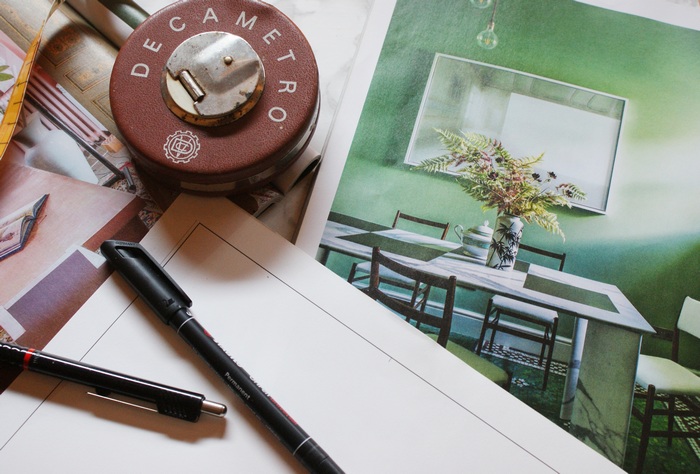
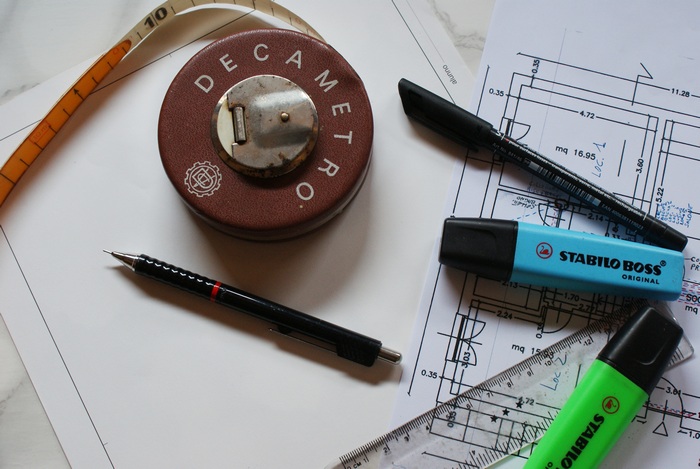

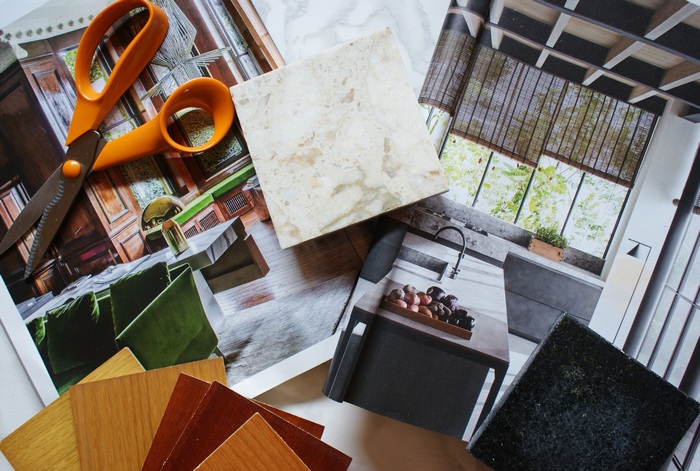
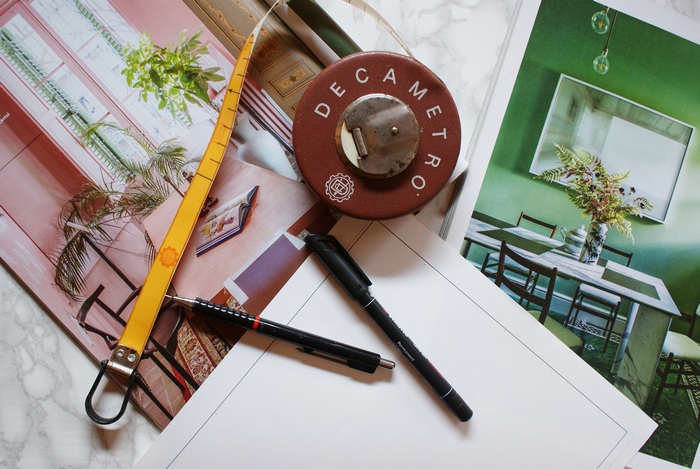
Well, that’s all! These were my personal tips, but I’m waiting for hearing from you if you have any advices or want to tell your experience! // Bene, è tutto. Questi erano i miei consigli, ma sono curiosa di sapere da voi se ne avete altri o di leggere le vostre esperienze!
Did you enjoy the post? Pin it on Pinterest! // Piaciuto il post? Condividetelo su Pinterest!
